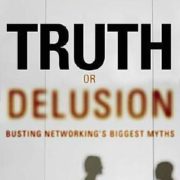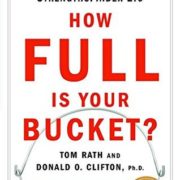Truth or Delusion? Busting Networking’s Biggest Myths
This book goes through approximately 48 statements and discusses whether those statements are True or false. Most of these are common sense; however, some of these discussions are helpful. Sometimes you can tell by the way the statement is worded. Absolute wording usually signifies that the statement is a delusion. The most helpful discussions for me personally were about center of influence and where to get the best referrals. The general advice given in this book is that the obvious choice is not always the best referral source. This book talks about the difference between visibility, credibility and profitability and how to focus the visibility and credibility to result in profitability. You cannot move on to the next stage in the relationship with another unless the other person is also ready to move into the next stage with you. The number one trait of master networkers is that they follow up on referrals given. Also, the most important concept to remember is that you should treat referrals the way they want to be treated, not the way you want to be treated. This is something that I need to work on personally. The key to this advice is figuring out how someone wants to be treated. The only way to find this out is by getting to know the referral source and asking key questions that will provide insight into their values. Because I felt this book offered me little that I did not already know or that wasn’t common sense, I give this book 3 stars.


